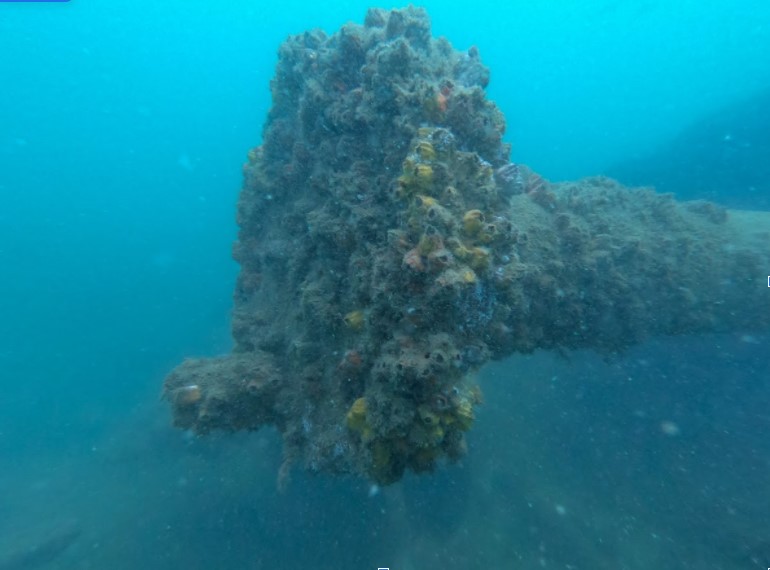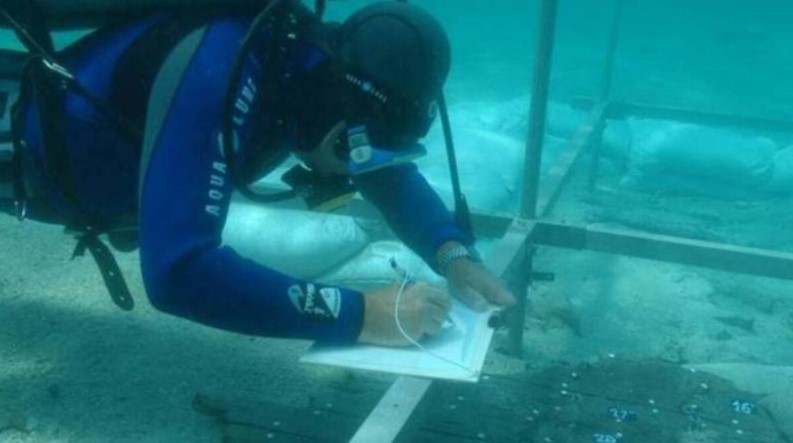
The water bodies of the world are mostly an untapped storehouse of cultural heritage. However, as opposed to the terrestrial legacy, the magnificence of the global immersed heritage is substantially unexplored. This is especially true in the case of India. The peninsular landmass of India is surrounded by the Arabian Sea, the Bay of Bengal and the Indian Ocean on three sides which is substantiated by innumerable rivers, lakes and ponds. Yet, while the richness of India’s built heritage and living traditions are well-documented, the splendour of its underwater heritage has mainly remained obscure.
India has had a prolific maritime history and is known to have, had a great many trade links with various parts of the world, inevitably contributing to the subcontinent enormous prospects in terms of underwater cultural heritage. Therefore, it includes sunken ruins, shipwrecks, submerged artefacts and undiscovered remains, which provide valuable material for research and inquiry into our past and which could be made available to the public in sensitive and engaging ways.

In 2001, the United Nations Educational, Scientific and Cultural Organization (UNESCO) adopted the Convention on the Protection of the Underwater Cultural Heritage, which aimed at raising awareness about the need to preserve submerged heritage. As per the UNESCO website, “The 2001 Convention offers a blanket protection to all traces of human existence having a cultural, historical or archaeological character which has been partially or completely underwater, periodically or continuously for at least 100 years.” The purpose of this international treaty is to encourage nations to recognise, research and systematically safeguard underwater cultural heritage. The Convention strongly urges member states to cooperate and exchange information, where necessary, in further strengthening this venture. Unfortunately, India does not figure among the 61 countries that have currently ratified this Convention.
Several obstacles exist in the systematic identification and preservation of maritime heritage, such as lack of proper legislation, looting, commercial exploitation, natural disasters and climate change effects. The 2001 UNESCO convention listed in-situ, that is on-site, protection as the most viable method for the preservation of cultural heritage lying underwater. Thus, it was considered the best option to limit damages while at the same time allowing underwater heritage sites to retain their context. Sensitively designed in-situ museums, trails and tours in glass boats and courses for divers offer a window of opportunities to marine adventurers to access and enjoy such heritage in a responsible and non-intrusive manner.

Countries such as Australia, Spain, Italy, China, and Egypt, have made concerted efforts to make their underwater heritage accessible to the public in a manner that successfully safeguards them from destruction while at the same time upholding the integrity of their cultural value. In many areas, off-site museums that contain videos, documentaries, exhibitions and other materials have been set-up to attract the interest of a wider public. The state of affairs in the case of India stands in contradiction to such. The few underwater sites that are-known (mostly shipwrecks) are primarily utilised for recreational scuba diving and almost no concrete measures took place to conserve them efficiently.
Interestingly, shipwrecks constitute some of the well-known dive sites of India. Such as SS Rita in Goa, the wrecks of ‘Inket’, and MV Mars in the Andaman Islands. Scuba divers from all over the world throng to these areas for recreational activities. However, the Indian administration has made little efforts to research and safeguard these sites. Consequently, we know next to nothing of the actual historical value of these rapidly decaying sites. Similarly, the Indian waters may be home to thousands of other cultural heritage sites that have not been explored, for lack of a concerted effort to research and identify them.

In 2014, India made its first important initiative for maritime heritage, with the introduction of its ambitious Project- Mausam. The purpose of the project was to generate vast awareness among the general public about the importance of the submerged cultural heritage. In its genesis Project, Mausam was awarded, as a potential nomination for the World Heritage List for a worldwide mixed route, including both cultural and natural heritage. However, several years after its launch, the scheme is yet to fulfil nearly all of its goals, and the maritime heritage of India continues to remain undiscovered and unprotected.
In the same manner, like every other sphere, India has much to offer and display to the world when it comes to the question of underwater cultural heritage. The subcontinent has a vast coastline spanning thousands of kilometres along with Andaman and Nicobar Islands and Lakshadweep. For time immemorial, the nation has been an important centre of maritime trade and shipbuilding craft. Consequently, the Indian waters are inevitably home to underwater riches of incredible value that waits to be discovered and recognised. Lastly, it is an enigma that remains to look at how the story of the Indian maritime heritage unfolds in the coming years.

